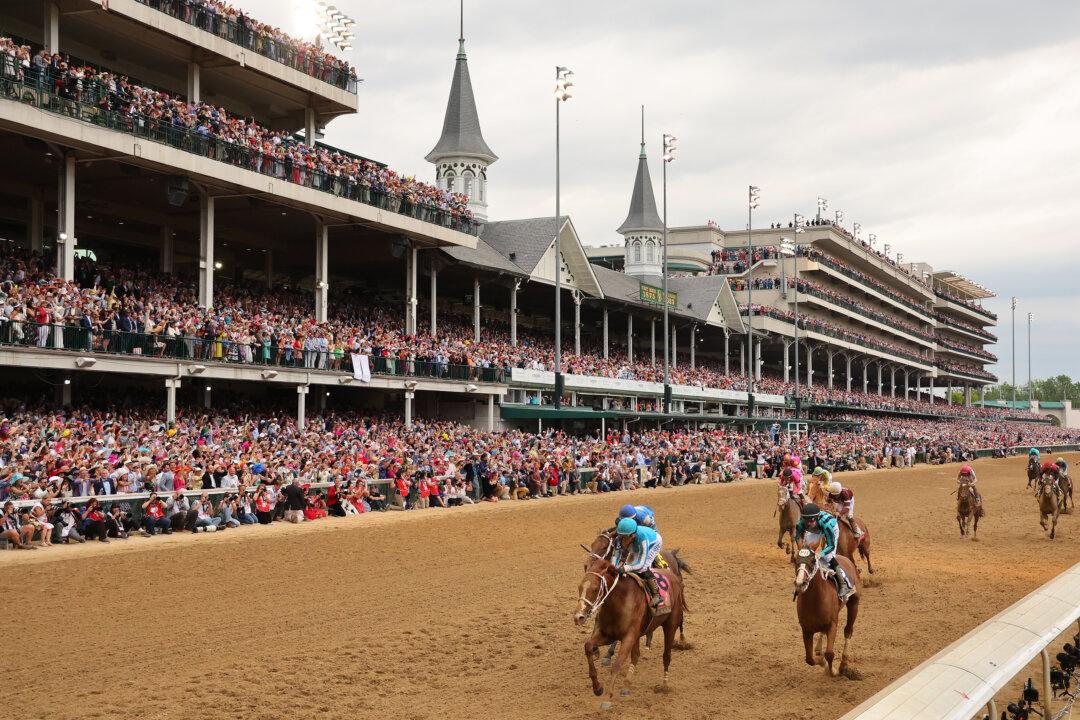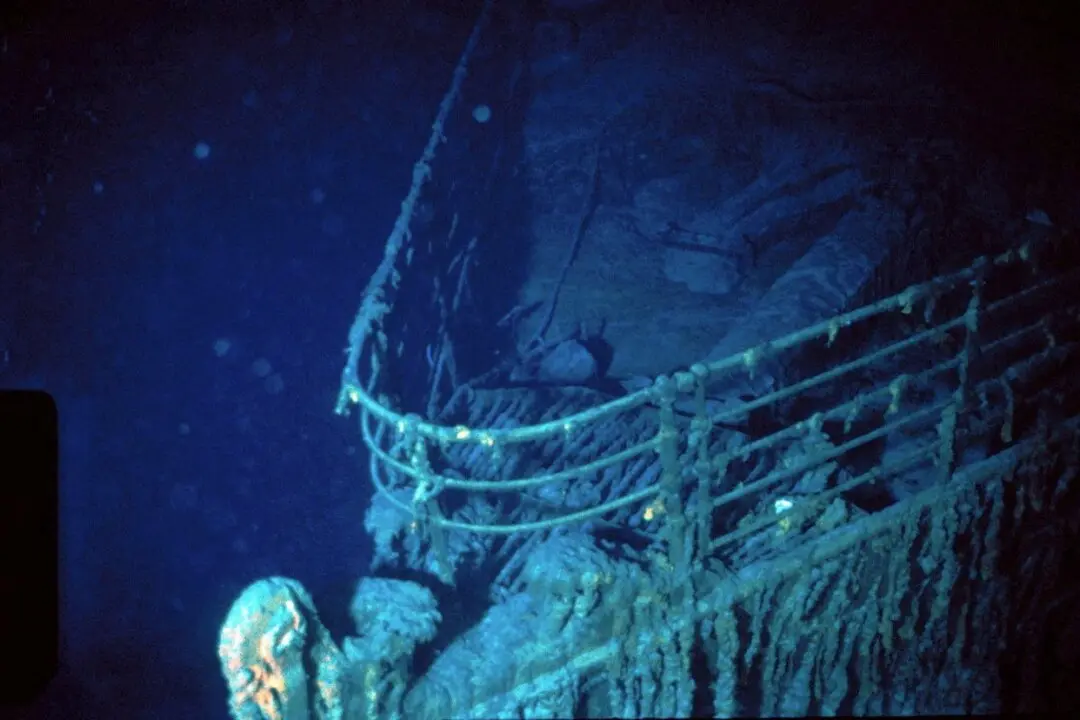In 1872, Meriwether Lewis Clark Jr. found himself very far from his Kentucky hometown of Louisville. The grandson of the famous explorer, William Clark (though named after Clark’s exploring companion Meriwether Lewis) had decided to visit Europe. His venture was not a leisure trip, but rather a business excursion to learn about the famous European horse-racing tracks.
Clark had grown up around horses and the lucrative sport of horse racing. This childhood familiarity with horses was due to the tragic death of his mother, only 13 days before his sixth birthday. He was thus sent to live with his two bachelor uncles, John and Henry Churchill. The Churchills lived on a large estate and introduced Clark to a rather lavish lifestyle, which often centered around the Woodlawn Course racetrack. This horse racing track had opened in 1859, and though initially successful, it was shuttered in 1870.






